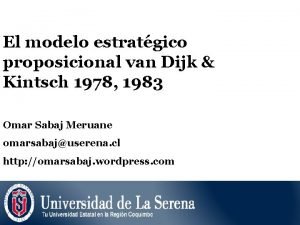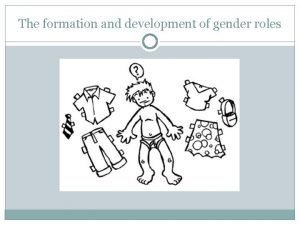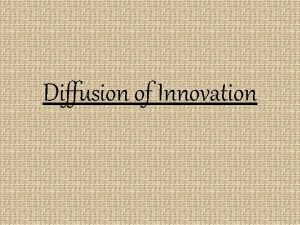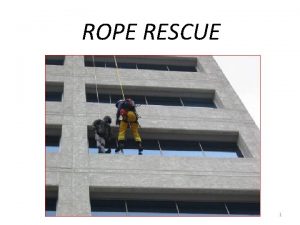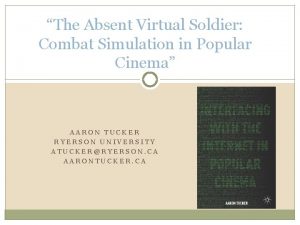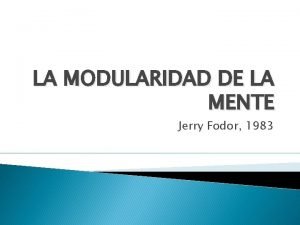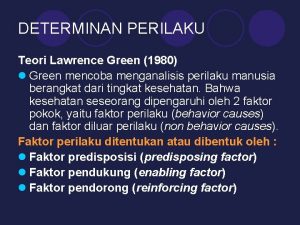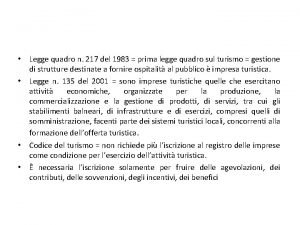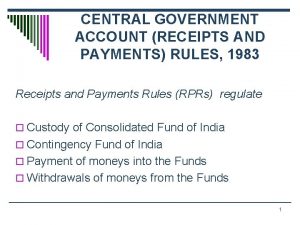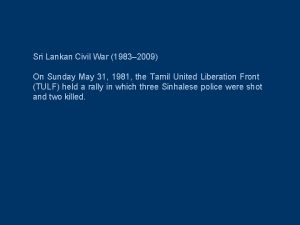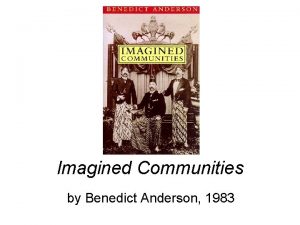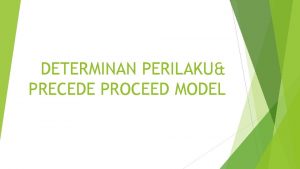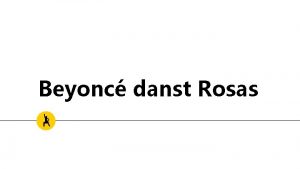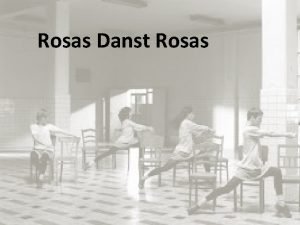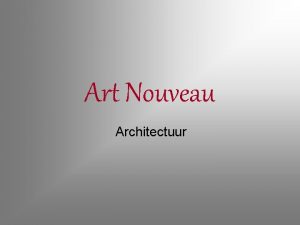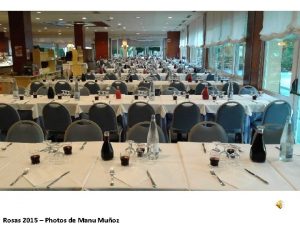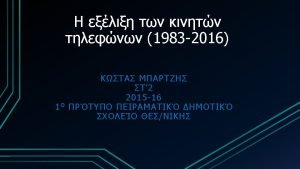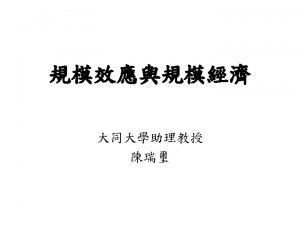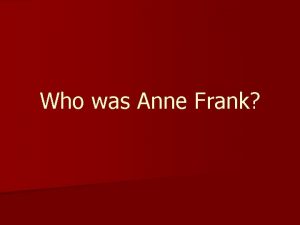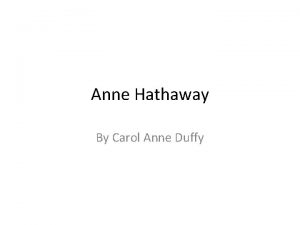Rosas Danst Rosas Anne Teresa De Keersmaeker 1983

















- Slides: 17

Rosas Danst Rosas Anne Teresa De Keersmaeker 1983 (Film 1997)

Objectives Complete the ‘Rosas Danst Rosas’ work sheets as we work through the power point.

Rosas Danst Rosas (1983 & 1997) � Choreographer – Anne Teresa De Keersmaeker (Belgian choreographer) � Director (of the film) - Thierry De Mey � Company – Rosas � Date of first performance – Premiere 6 th May 1983. Filmed in 1997 � Dance styles – Pedestrian, minimalist, gestural, abstract, mechanical, grounded. Concerned with relationships whilst maintaining dancer-dancer independence

� Choreographic style – Highlights single parts of the body, drawing attention to small human gestures. Movements are patterned and structured to create rhythms and perfect unison is achieved � Themes – Human behaviour and rage. � Starting point – The human vs. The abstract: Every day expression: Flirtation, longing, frustration. Music/dance relationship � Structure – 8 sections. � Dancers – 4 dancers (Stage version) � 18 (Filmed version)

� Accompaniment – Thierry De Mey and Peter Vermeersch. Electronic, percussive, minimalist music together with the natural sounds of the dancers in action. � Costume – Rosas: Drab everyday grey skirts and tops/ black leggings, socks and shoes. Loose fitting and functional. They appear institutional. � Lighting – Remon Fromont: natural light through the windows. � Set – Anne Teresa De Keersmaeker. The dance takes place in the corridors and rooms of a large, austere, empty school in Belgium. Windows, doors and walls frame the action. � Props – An assortment of wooden chairs are used for one section. � Staging – Site Specific- An old school building.

Structure of Rosas Danst Rosas �Section 1 – Moving In �Section 2 - Floor �Section 3 - Chairs �Section 4 - Building �Section 5 – Glass Interiors �Section 6 - The Lying Down �Section 7 – Inner Court �Section 8 - Coda � *the three specific sections we will be looking at are highlighted in blue!

Rosas Danst Rosas TIP: try to use these words when you analyse ASDR and choreographic devices in the 3 different sections.

Floor – Section 2 � This section is all about exploring the floor using contrasting dynamics with an emphasis on suspension, fall & release. � Key actions used are roll, push up on the elbows, arch, fall, always using the breath as a way into and out of the movement. � At first, the actions appear repetitive, with the same movements repeated over and over again, but this is not the case. � Focus carefully on the use of the arms and you will see that tiny details change all the time. � Fragmentation (taking pieces or ‘fragments’ of movement and putting them together in a different order) is used to great effect towards the end of the section.

Section analysis - Floor �Rosas Danst Rosas - Floor Watch the clip of Section 2 and complete the analysis sheet

Floor section �In your own words, analyse the ASDR content of the floor section. �How does it help to convey the dance idea? �Use your mind map to help you and include the movement styles.

Chairs – Section 3 � The action content can be divided into 4 main motifs and these are fragmented and re-ordered throughout this 8 minute section, using a large amount of accumulation and relationships which together create a complex structure. � The 4 motifs are introduced first before building in complexity and intensity. � Motif A: Cross legs. Hand to hair, bring down side of head, over ear, to neck. Pull top off shoulder, pause, replace, pause, look over R shoulder. ‘Knowing’ nod with slight smile. Face front. � Motif B: Uncross legs. Throw arms across body to L, L arm holds top of chair, R arm to L hip. Suspend, fall forwards arms folded across stomach, head falls last. Rebound to upright, L arm crosses under R, R arm on knee.

Chairs – Section 3 � Motif C: Hands behind head, elbows raised to sides. R hand to breast, flop forwards, punch R arm down. Rebound. Backs of hands pass under chin one after other, drop forwards, replace. Arch, hand to chin & head turn to R, drop palm in lap. Upright, R hand over head. � Motif D: Twist/lunge to L throwing arms and clasping hands in front. Throw clasped hands across body to R, simultaneous drop forwards. Upright, arch, hands between thighs.

Chairs section task �Find a space and in pairs, mark through one of the chair section motifs. �Now include the appropriate dynamics �Share with the other pair

Section analysis - Chairs �Rosas Danst Rosas – Chairs Watch the clip of Section 3 and complete the analysis sheet

Glass Interiors – Section 5 � This section follows seamlessly from ‘Building’ as a continuation. � It is primarily focused on relationships, making good use of fragmentation which creates a canon effect as well as unison, counterpoint and grouping different sets of dancers together. � The result is a section where dancers move in and out of these relationships fluidly and it can be hard to spot where the change has happened. � The movement often matches the accents and dynamics of the music.

Section analysis – Glass Interiors �Rosas Danst Rosas – Glass interiors Watch the clip of Section 5 and complete the analysis sheet

Modern day comparison �Beyonce – Countdown �Compare Beyonce’s use of the action content with the original Rosas Danst Rosas version �What does Beyonce’s version do for theme and ideas of the original? �Discuss positive and negative effects.
 Modelo de van dijk
Modelo de van dijk Diamond and dybvig (1983)
Diamond and dybvig (1983) Tucson flood 1983
Tucson flood 1983 Tchambuli gender roles
Tchambuli gender roles Everett m. rogers (1983)
Everett m. rogers (1983) Nfpa 1983 summary
Nfpa 1983 summary Lawrence kohlberg
Lawrence kohlberg Brainstorm 1983
Brainstorm 1983 Fodor 1983
Fodor 1983 Lawrence green 1980
Lawrence green 1980 Martin & halvorson (1983)
Martin & halvorson (1983) Resultasi
Resultasi Bahagian pembangunan kurikulum kpm
Bahagian pembangunan kurikulum kpm Legge 217/1983
Legge 217/1983 Central government account (receipts and payments) rules
Central government account (receipts and payments) rules 1983
1983 Benedict anderson 1983
Benedict anderson 1983 Precede proceed model lawrence green
Precede proceed model lawrence green
